People555
The Neutrino Group Members consist of two professors: Pantic and Svoboda, plus five postdoctoral researchers, eight graduate students, and a large number of undergraduate assistants. We work on individual experiments (e.g. ANNIE, SNO+, WATCHMAN) in addition to working on developing basic neutrino detection instrumentation (e.g. nanofiltration, photomultipliers, water-based liquid scintillator, fast electronics). We are also involved in the design of new experiments like DUNE and Theia. On this page we introduce ourselves and our work.
Professors
Robert Svoboda
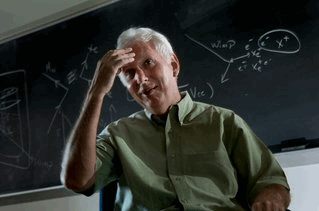
I have been working in the field of neutrino physics for a number of years, having built many large underground multi-purpose detectors (IMB, Super-Kamiokande, KamLAND, SNO+, DUNE, Theia) and also smaller experiments such as Double Chooz and ANNIE. I am interested in understanding neutrinos and their relationship to the Standard Model. Why is the neutrino mass scale so small? Do neutrinos interact with the Higgs? Is there a relationship between neutrino physics and the physics of dark matter?
Emilija Pantic
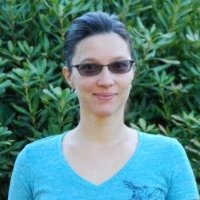
Mike Mulhearn
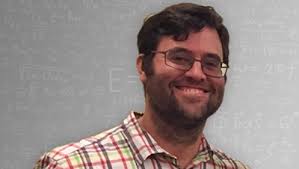
Postdocs
Vincent Fischer
My current research focuses on the ANNIE and SNO+ experiments. I was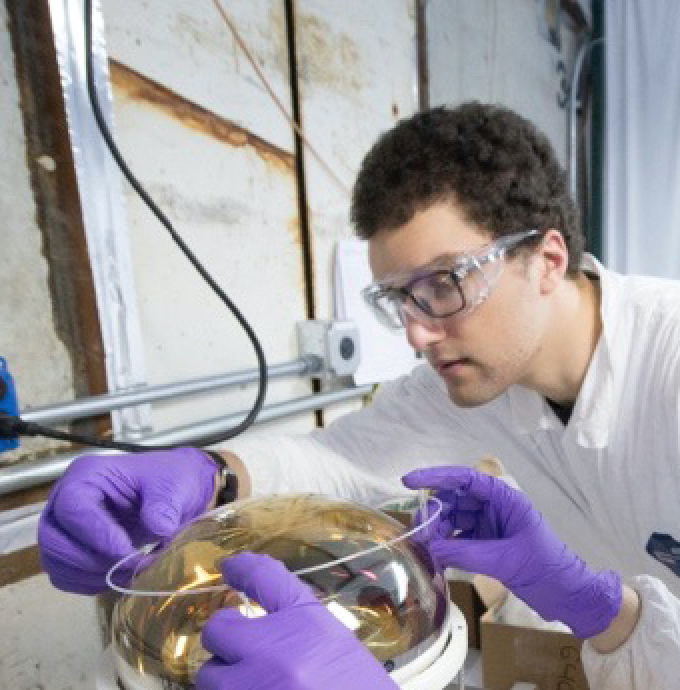
Jingbo Wang
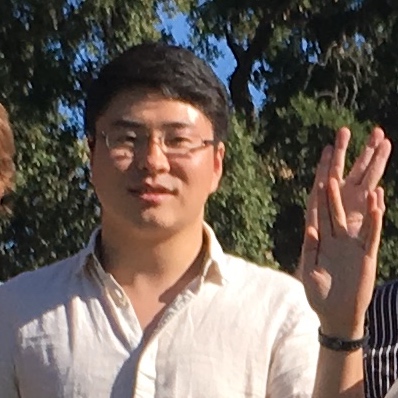
Graduate Students
Julie He
Hello! I graduated from UC Davis with a B.S. in Physics and decided to take a 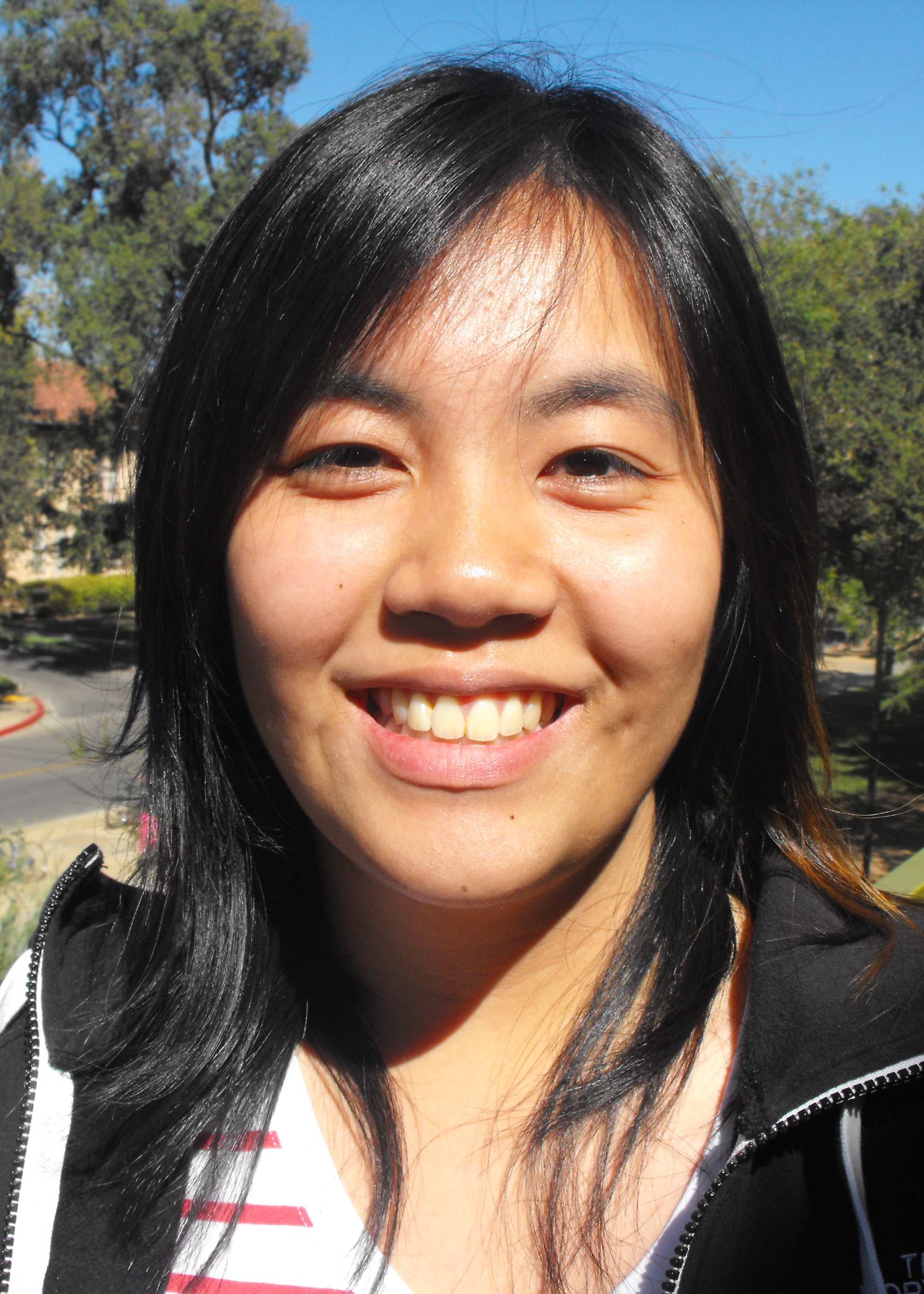
Teal Pershing
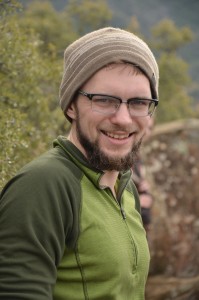
Junying Huang
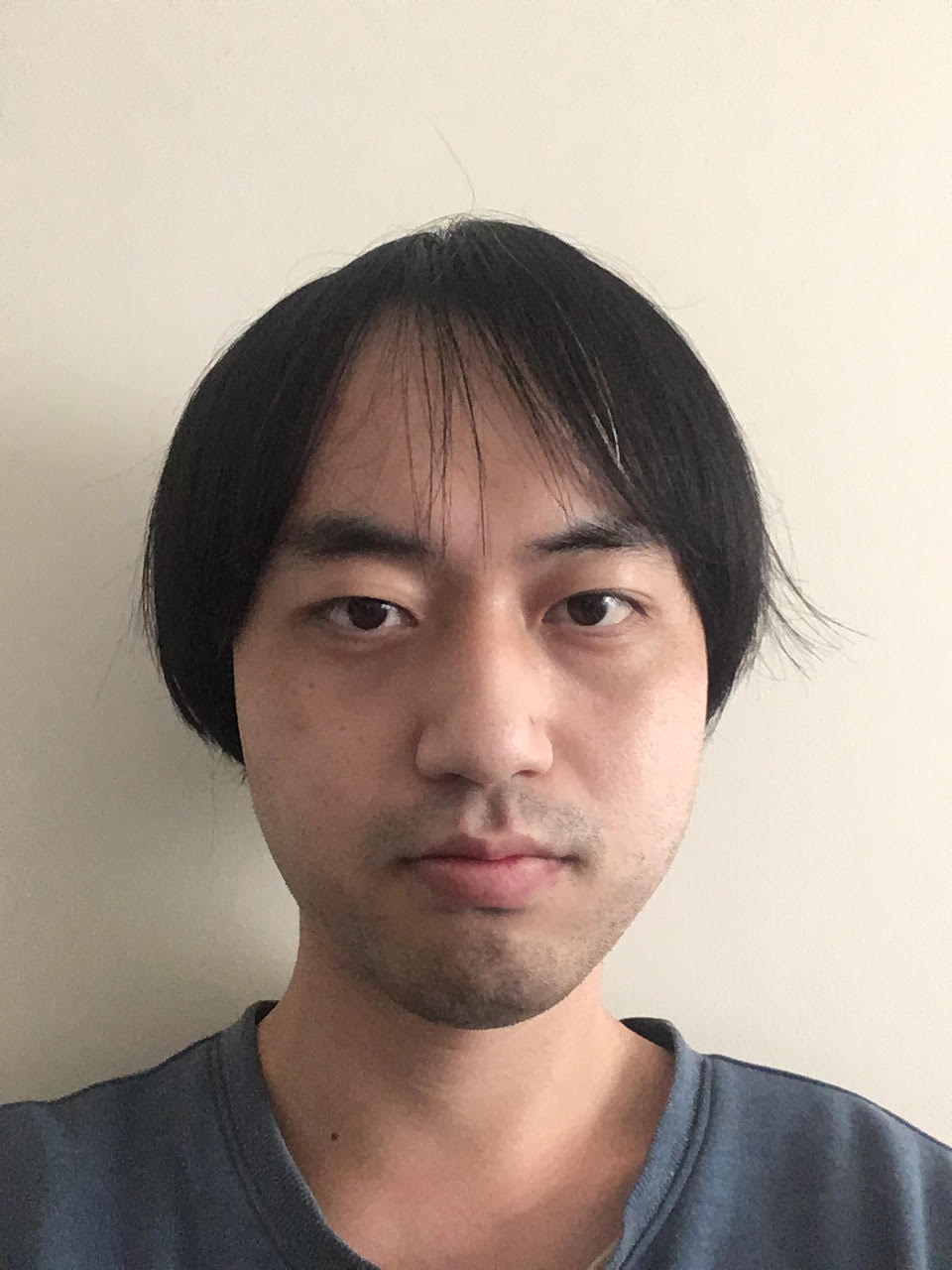
DeAngelo Wooley
I am currently a Graduate student working on Watchmen, Annie, and Artie. For Watchmen I created a Monte-Carlo Simulation to determine how much Uranium-238 and Thorium-232 was in the Photomultiplier tubes from hamamatsu. For Annie I help design the container that will be use for calibration, in the tank at Fermi-lab. And for Artie I helped with setting up calibration for the thermostats for liquid nitrogen.
Undergraduate Students
Amilcar Perez
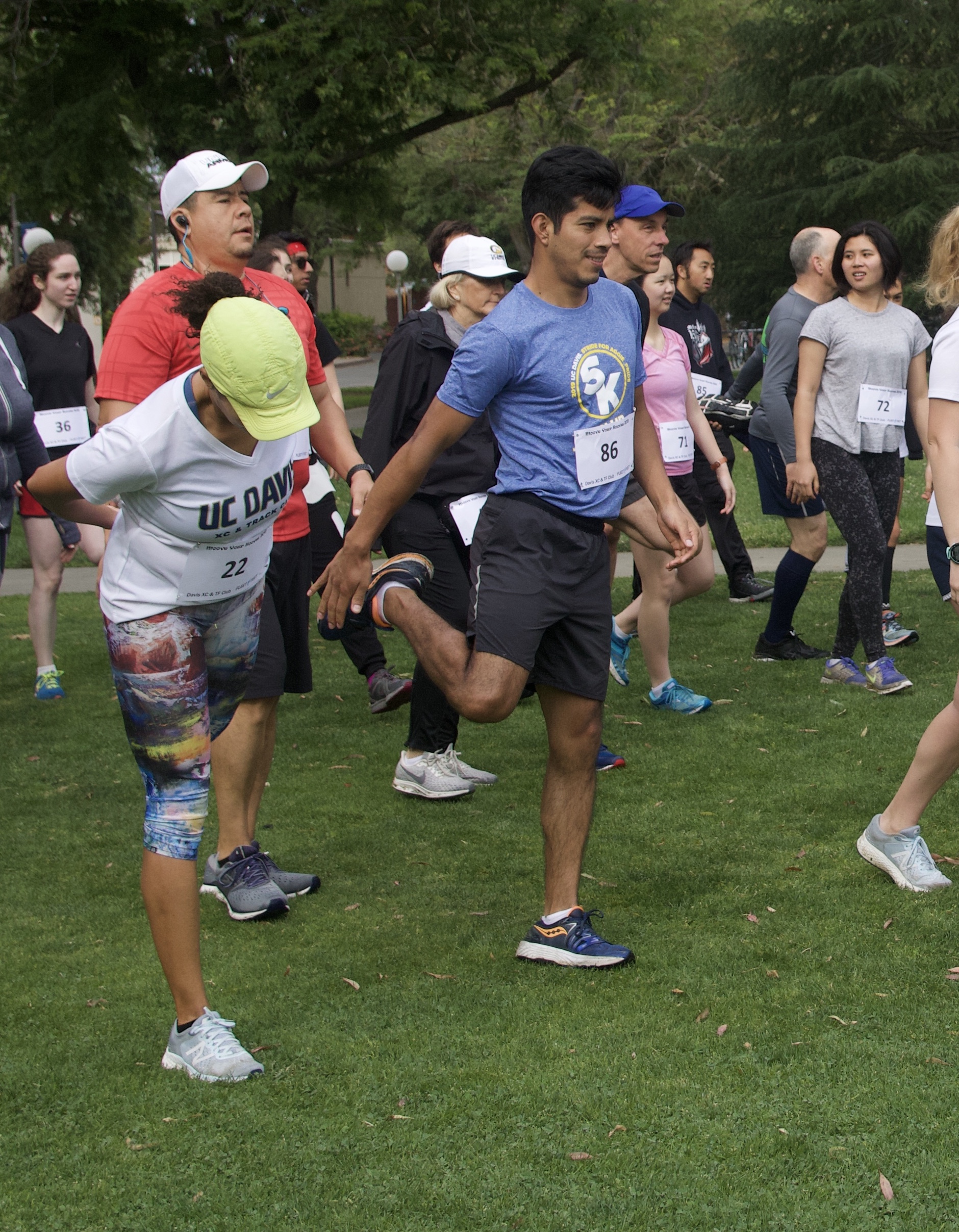
I am an undergraduate student here at UC Davis and I helped Vincent to work on the water system for the ANNIE experiment. We were working on a new method to remove all impurities but gadolinium sulfate from the ANNIE gadolinium-loaded water. For this purpose, we focused our efforts on ion exchange resins, used in many applications such as water treatment, food industry, mining industry and more. The resin, in the form of tiny beads, w e, with the ions meant to be removed from the solution. For our experiment, we modified a commercial resin and carefully tuned it in order to let the gadolinium sulfate solution pass through unimpaired while still capturing ionic impurities (nitrates, etc..). To further purify the solution, we also used other instruments such as a TOC lamp to remove dissolved plastics compounds, a UV lamp to limit bacterial growth and micro-filters to stop dust. Overall, our results showed no loss of gadolinium while removing other contaminants. Since the first tests were conclusive, we are now looking into other types of resins as well as a possible regeneration of the resin beads after use in ANNIE.
Alumni
Steven Dazeley
Steven worked as a Postdoc on the Super-Kamiokande and KamLAND experiments and is now a staff scientist at Lawrence Livermore National Laboratory.
Tim Classen
Tim worked as a Postdoc on the Double Chooz experiment and is now a staff scientist at Lawrence Livermore National Laboratory.
Marc Bergevin
Marc worked as a Postdoc on the Double Chooz and WATCHMAN experiments, and is now a staff scientist at Lawrence Livermore National Laboratory.
Chris Grant
Chris worked as a Postdoc on SNO+ and DUNE/CAPTAIN. He is now on the faculty at Boston University.
Justin Dhooghe
Justin just graduated in December 2017! His thesis was on the measurement of theta13 using the Double Chooz Near and Far detectors.
Nick Walsh
Nick graduated in 2016 with a thesis on the Bottle of Argon COunting Neutrons (BACON) experiment - a measurement of the 40Ar(n,p)40Cl cross section relevant for DUNE. He is now a Postdoc at Lawrence Livermore National Laboratory.
John Felde
John graduated in 2014 with a thesis on simulations for the LBNE (now DUNE) experiment, plus a measurement of theta13 using reactor rates versus power at Double Chooz. he is now a Postdoc at the University of Maryland.
Cara Maesano
Cara graduated in 2012 with a theis on background measurements in the Double Chooz far detector. She now works in Epidemiology at the Sorbonne Universités, Paris.
Lena Korkeila
Lena Graduated in 2020 with a degree in Physics and is currently working on her masters, she works in the Crocker Lab.
Liang Li
Steven Gardiner
Bryon Peralta
Morgan Askins
